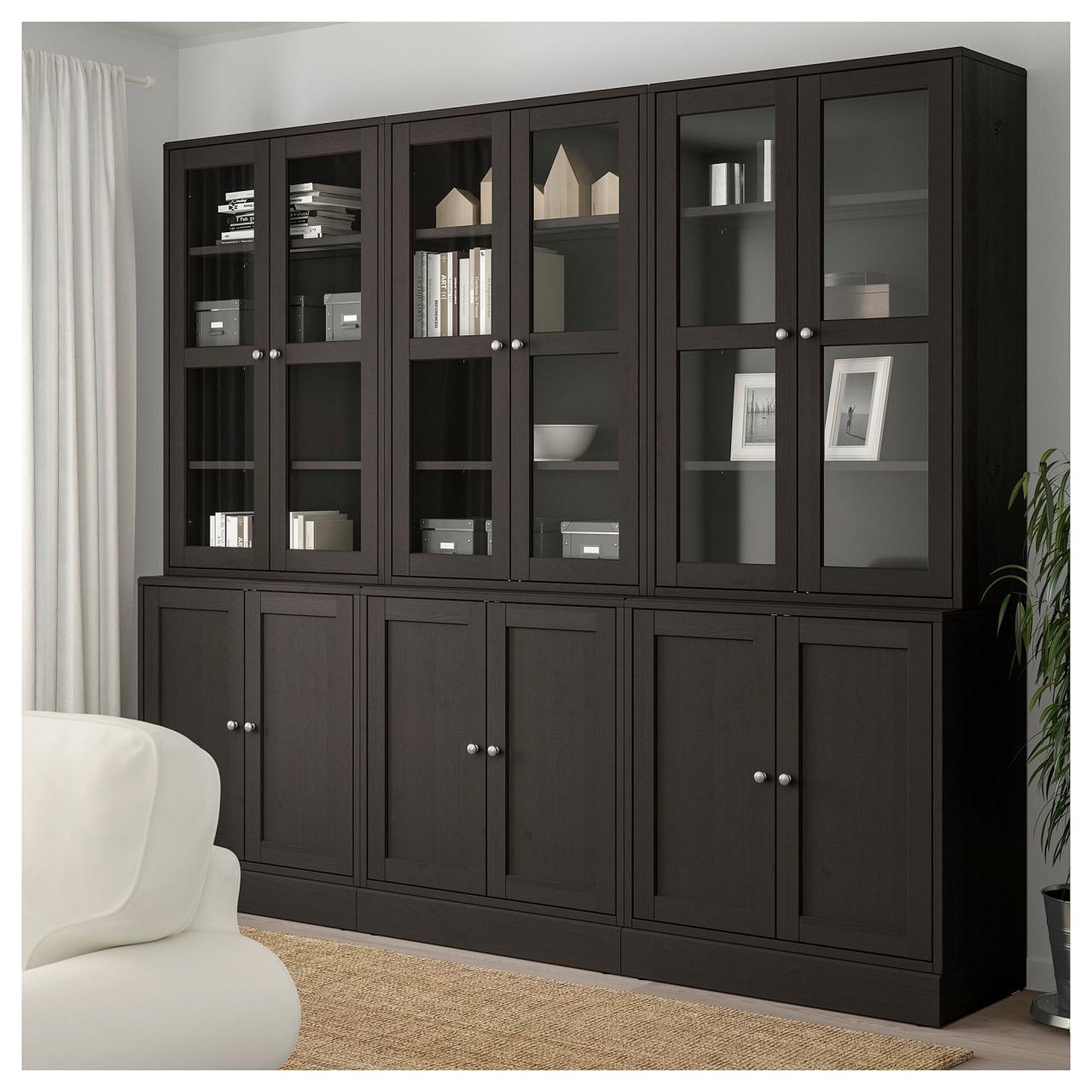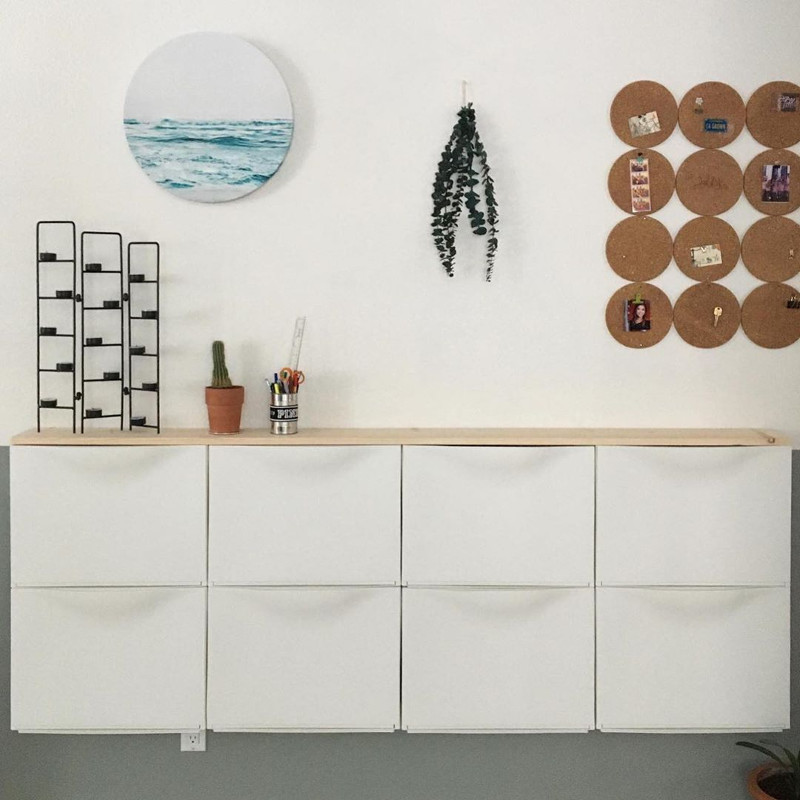DIY Tutorial: Embark on a journey of creativity and self-sufficiency with our comprehensive guide to crafting your own amazing projects. From the rise of DIY culture to essential tools and techniques, we’ll equip you with the knowledge and confidence to tackle any project, big or small.
Whether you’re a seasoned DIY enthusiast or a curious beginner, this tutorial will provide you with a structured approach to planning, executing, and troubleshooting your projects. We’ll explore the various formats of DIY tutorials, guide you through selecting the right resources, and delve into essential safety practices. Get ready to unleash your inner maker and transform your ideas into reality.
DIY Tutorial Formats
DIY tutorials come in a variety of formats, each with its own strengths and weaknesses. The format you choose will depend on your audience, the complexity of the project, and your personal preferences.
Here’s a breakdown of the most common DIY tutorial formats:
Video Tutorials
Video tutorials are the most popular format for DIY projects. They offer a clear and concise way to demonstrate the steps involved in a project, and viewers can pause, rewind, and replay the video as needed.
- Advantages:
- Highly visual and engaging.
- Allows for step-by-step demonstrations.
- Can be easily shared and accessed online.
- Disadvantages:
- Requires specialized equipment and editing software.
- Can be time-consuming to create.
- May not be suitable for complex projects with many steps.
Video tutorials are particularly effective for learners who prefer a visual approach to learning. They are also great for projects that involve complex techniques or require a demonstration of specific tools.
Text Tutorials
Text tutorials are a more traditional format for DIY projects. They typically involve a written description of the steps involved in a project, along with images or diagrams to illustrate the process.
- Advantages:
- Easy to create and edit.
- Can be easily accessed online and offline.
- Suitable for a wide range of projects.
- Disadvantages:
- Can be difficult to follow for complex projects.
- May not be as engaging as video tutorials.
- Requires good writing skills to create effective tutorials.
Text tutorials are ideal for learners who prefer to read and follow instructions step-by-step. They are also a good option for projects that are relatively simple and don’t require a visual demonstration.
Image Tutorials
Image tutorials are a visual format that uses a series of images to guide viewers through the steps of a project. Each image typically shows a specific step in the process, with captions or annotations providing additional instructions.
- Advantages:
- Simple and easy to follow.
- Can be created quickly and easily.
- Suitable for projects with clear visual steps.
- Disadvantages:
- May not be suitable for projects with complex steps.
- Can be difficult to follow without additional instructions.
- May not be as engaging as video or text tutorials.
Image tutorials are best suited for projects with clear visual steps, such as assembling furniture or making simple crafts. They are also a good option for learners who prefer a visual approach to learning.
Interactive Tutorials, Diy tutorial
Interactive tutorials are a newer format that allows viewers to interact with the tutorial content. This can include features such as quizzes, polls, and simulations that allow viewers to test their understanding and apply what they have learned.
- Advantages:
- Highly engaging and interactive.
- Provides immediate feedback to learners.
- Can be used to create personalized learning experiences.
- Disadvantages:
- Can be more complex and time-consuming to create.
- May require specialized software or tools.
- May not be suitable for all types of projects.
Interactive tutorials are particularly effective for learners who prefer a hands-on approach to learning. They are also a good option for projects that require a deeper understanding of the concepts involved.
Essential Tools and Materials
Every DIY project, regardless of its complexity, requires a set of essential tools and materials to complete successfully. Having the right tools and materials not only ensures a smooth and efficient process but also enhances safety and helps achieve the desired outcome. This section will provide a comprehensive overview of commonly used tools and materials in DIY projects, along with safety precautions for each.
Hand Tools
Hand tools are fundamental for various DIY tasks, providing precision and control in manipulating materials. They are often used for basic cutting, shaping, fastening, and measuring.
- Hammer: A hammer is a versatile tool used for driving nails, striking chisels, and breaking materials. There are various types of hammers, including claw hammers for pulling nails and ball-peen hammers for shaping metal. When using a hammer, it is crucial to wear safety glasses to protect your eyes from flying debris. Additionally, avoid striking nails directly on your fingers or using a hammer on a hard surface, as this can damage the hammer head.
- Screwdriver: Screwdrivers are essential for fastening screws and are available in various sizes and tip types, such as Phillips, flathead, and Torx. It is crucial to use the appropriate screwdriver size and tip type to avoid damaging the screw head or stripping the screw. When using a screwdriver, it is important to apply pressure evenly and avoid using excessive force, as this can cause the screwdriver to slip and result in injury.
- Pliers: Pliers are gripping tools used for holding, bending, and cutting various materials. They come in different sizes and shapes, including needle-nose pliers for delicate work, channel-lock pliers for gripping pipes, and wire cutters for cutting wires. It is important to use pliers with caution, especially when cutting wires, as this can cause sparks and potentially ignite flammable materials.
- Measuring Tape: A measuring tape is an indispensable tool for accurately measuring distances and lengths. It is available in various lengths and features, such as retractable tapes and laser measuring tools. When using a measuring tape, it is important to ensure that the tape is pulled taut and the measurement is taken from the correct starting point.
- Level: A level is used to ensure that surfaces are horizontal or vertical. It is a crucial tool for hanging pictures, installing cabinets, and other tasks requiring precise alignment. When using a level, it is important to ensure that the level is placed on a flat surface and the bubble is centered within the vial.
Power Tools
Power tools are indispensable for more complex DIY projects, providing increased speed, power, and efficiency. They are typically used for cutting, drilling, sanding, and other tasks requiring significant force or speed.
- Drill: A drill is a versatile tool used for creating holes in various materials. It comes in various sizes and types, including cordless drills, corded drills, and impact drivers. When using a drill, it is crucial to wear safety glasses to protect your eyes from flying debris. Additionally, it is important to use the appropriate drill bit size and speed for the material being drilled to avoid overheating or damaging the material.
- Saw: A saw is used for cutting wood, metal, and other materials. There are various types of saws, including circular saws, jigsaw saws, and miter saws. When using a saw, it is crucial to wear safety glasses to protect your eyes from flying debris. Additionally, it is important to use the appropriate saw blade for the material being cut and to ensure that the saw is properly secured before use.
- Sanding Tools: Sanding tools are used to smooth and refine surfaces. They come in various forms, including sanders, orbital sanders, and belt sanders. When using a sander, it is crucial to wear a dust mask to protect your lungs from dust particles. Additionally, it is important to use the appropriate sandpaper grit for the desired finish and to avoid sanding too aggressively, as this can damage the surface.
Materials
Materials are the building blocks of any DIY project, providing the foundation for creating and constructing various structures and objects. The choice of materials depends on the project’s specific requirements, such as strength, durability, and aesthetic appeal.
- Wood: Wood is a popular material used in DIY projects due to its versatility, workability, and natural beauty. It is available in various types, including pine, oak, and maple, each with unique characteristics. When working with wood, it is important to use appropriate safety precautions, such as wearing safety glasses and gloves to protect your hands and eyes from splinters and dust.
- Metal: Metal is a durable and strong material commonly used in DIY projects for structural support, hardware, and decorative elements. It comes in various forms, including steel, aluminum, and brass, each with specific properties. When working with metal, it is important to wear safety glasses and gloves to protect your hands and eyes from sharp edges and sparks.
- Plastic: Plastic is a lightweight and versatile material used in various DIY projects, including crafting, home decor, and outdoor projects. It is available in various forms, including acrylic, PVC, and polyethylene, each with unique characteristics. When working with plastic, it is important to use appropriate safety precautions, as some plastics can release harmful fumes when heated.
Step-by-Step Instructions
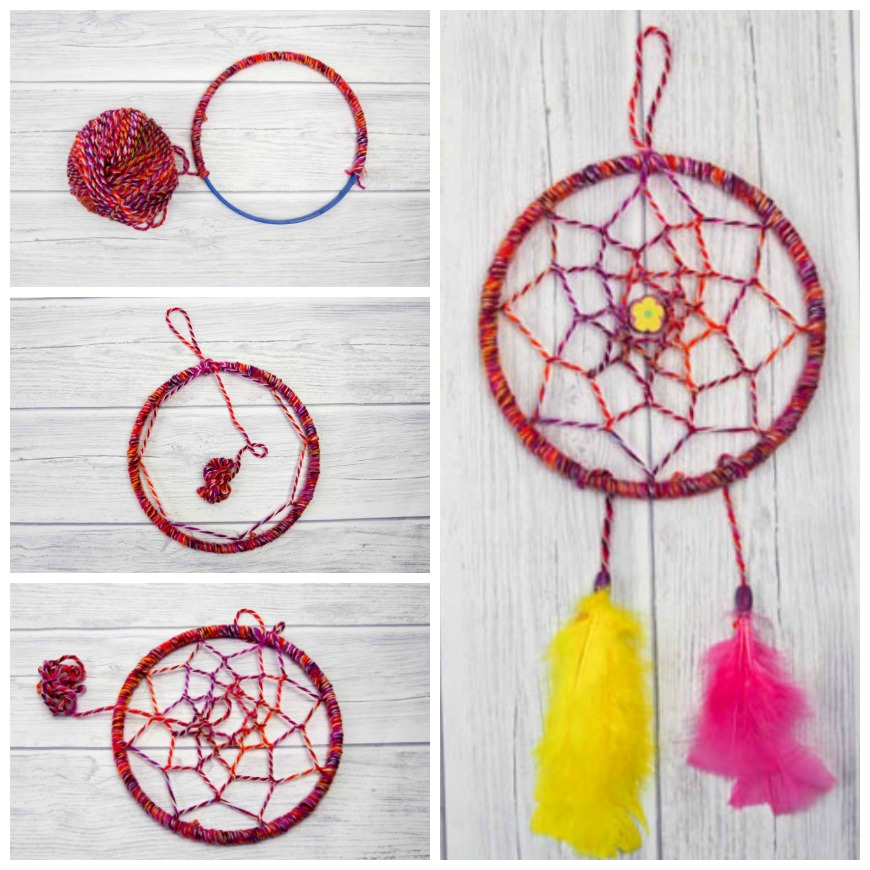
Clear and concise step-by-step instructions are crucial for a successful DIY project. They guide the reader through each stage, ensuring they understand the process and avoid mistakes. Presenting instructions effectively involves using a combination of text, visuals, and organization.
Methods for Presenting Step-by-Step Instructions
There are several methods for presenting step-by-step instructions, each with its strengths and weaknesses. The choice depends on the complexity of the project and the target audience.
DIY tutorials are a great way to learn new skills and create something unique for your home. If you’re looking for inspiration and detailed plans, you should check out ana white diy. Ana White offers a wide range of free woodworking plans for everything from furniture to storage solutions, making it easy to find the perfect project for your next DIY adventure.
- Numbered Lists: This is a classic and straightforward approach, especially for linear processes. Each step is numbered, providing a clear sequence for the reader to follow.
- Bulleted Lists: Bulleted lists are suitable for steps that are not necessarily sequential, but rather a series of actions to be completed.
- Images with Annotations: Visuals can significantly enhance understanding. Images with annotations (arrows, labels, circles) highlight key elements and actions, making the instructions more intuitive.
- Diagrams: For projects involving assembly or construction, diagrams provide a visual representation of the final product and the steps involved in creating it.
Significance of Visuals and Diagrams
Visuals play a vital role in DIY tutorials. They break down complex processes into easily digestible components, making the instructions more accessible to a wider audience. Visuals also enhance comprehension by:
- Providing a visual context: Images and diagrams help the reader visualize the project and understand the spatial relationships between components.
- Illustrating specific techniques: Visuals can demonstrate how to perform certain actions, such as cutting, measuring, or assembling.
- Preventing misunderstandings: Clear visuals can reduce ambiguity and ensure that the reader is interpreting the instructions correctly.
Troubleshooting and Problem-Solving
DIY projects are a great way to express your creativity and learn new skills, but they can also present unexpected challenges. Even the most experienced DIYer can encounter problems along the way. This section will explore common issues that arise during DIY projects and provide practical tips to help you troubleshoot and solve them.
Identifying Common Challenges
Identifying potential problems is crucial for successful troubleshooting. Some common challenges in DIY projects include:
- Incorrect measurements: Inaccurate measurements can lead to misaligned pieces, gaps, or a project that doesn’t fit as intended.
- Material incompatibility: Using incompatible materials can result in structural weakness, aesthetic flaws, or even project failure.
- Tool malfunction: A faulty tool can hinder progress and even cause accidents.
- Lack of proper planning: Insufficient planning can lead to unexpected delays, material shortages, or unforeseen complications.
- Unforeseen circumstances: Unexpected events, such as weather changes or material availability issues, can disrupt the project timeline and require adjustments.
Troubleshooting Tips
When faced with a problem, it’s important to stay calm and approach the issue systematically. Here are some helpful troubleshooting tips:
- Re-evaluate the instructions: Carefully review the instructions for the project to ensure you’re following them correctly.
- Inspect the materials: Check for any damage, defects, or inconsistencies in the materials you’re using.
- Test the tools: Ensure that your tools are functioning properly and are suitable for the task at hand.
- Seek expert advice: If you’re stuck, don’t hesitate to consult a more experienced DIYer, a professional, or an online forum for guidance.
- Take breaks: Stepping away from the project for a while can help you gain a fresh perspective and see the problem in a new light.
Importance of Documentation
Keeping detailed records of your DIY projects is essential for troubleshooting and future reference. This documentation can include:
- Project plans and sketches: A visual representation of the project can help you understand the intended design and identify any discrepancies.
- Material lists and quantities: Documenting the materials used can assist in replicating the project or sourcing replacements.
- Step-by-step instructions: A detailed record of the steps taken can aid in troubleshooting and retracing your progress.
- Troubleshooting notes: Documenting the problems encountered and the solutions implemented can be invaluable for future projects.
Inspiration and Creativity: Diy Tutorial
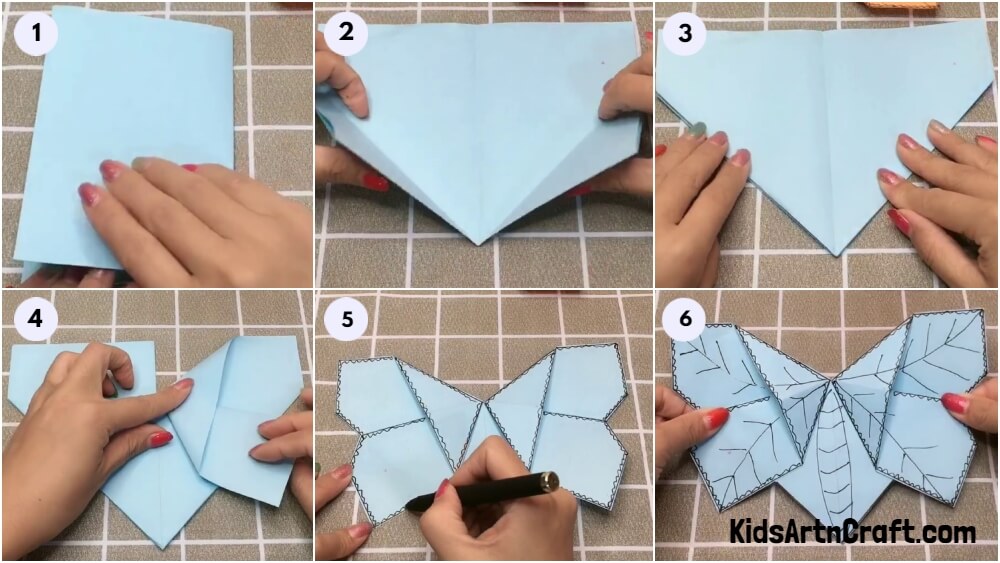
DIY projects are a fantastic way to express your creativity and bring your ideas to life. But sometimes, finding inspiration for new projects can be a challenge. Luckily, there are many resources and techniques that can help you spark your imagination and come up with exciting DIY ideas.
Finding Inspiration
Finding inspiration for DIY projects can be as simple as looking around your home or browsing through your favorite magazines. Here are some tips:
- Look around your home: Take a walk through your house and pay attention to things that you could improve or change. Maybe you need a new shelf for your books, a storage solution for your kitchen, or a unique decoration for your living room. These everyday needs can be the perfect starting point for a DIY project.
- Browse magazines and websites: DIY magazines and websites are a great source of inspiration. Look for projects that pique your interest and try to adapt them to your own needs and style.
- Visit home improvement stores: Home improvement stores are full of interesting materials and tools that can spark your creativity. Take some time to wander around and see what catches your eye.
- Attend workshops and classes: Learning new skills can be a great way to find inspiration. Attend workshops or classes on topics that interest you, such as woodworking, painting, or sewing.
- Connect with other DIY enthusiasts: Join online forums or social media groups dedicated to DIY projects. You can get inspiration from other people’s creations and share your own ideas.
Unique DIY Creations
There are countless ways to be creative with DIY projects. Here are some examples of innovative and unique creations:
- Upcycled furniture: Give old furniture a new lease on life by transforming it into something completely different. You could turn an old dresser into a stylish vanity or repurpose a vintage suitcase into a coffee table.
- Personalized home decor: Create unique decorations for your home using everyday objects. You could make a wall art piece from old picture frames or design a personalized doormat with your initials.
- Handmade gifts: Give thoughtful gifts that are made with love. You could knit a scarf for a friend, sew a pillowcase for your partner, or create a personalized photo album for your family.
- Sustainable living projects: Make your home more eco-friendly with DIY projects. You could build a compost bin for your garden, create a rainwater harvesting system, or sew reusable shopping bags.
Embracing Imperfections
Don’t be afraid to experiment and embrace imperfections in your DIY projects. Remember, DIY is about having fun and learning new skills. Even if your project doesn’t turn out exactly as you planned, it can still be a valuable learning experience.
“The beauty of DIY is that it allows you to express your individuality and create something unique. It’s not about perfection, but about the journey of learning and creating.”
The Community of DIY Enthusiasts
The DIY world thrives on shared knowledge and inspiration. Online and offline communities play a vital role in connecting DIY enthusiasts, fostering a sense of belonging and encouraging a collaborative approach to crafting and creating.
Popular DIY Communities
These communities offer a platform for sharing projects, seeking advice, and connecting with like-minded individuals.
- Online Forums: Forums like Reddit’s r/DIY and Instructables provide a space for enthusiasts to discuss projects, troubleshoot issues, and share their expertise.
- Websites: Websites like Pinterest and Houzz serve as a source of inspiration and a platform for showcasing DIY projects.
- Social Media Groups: Facebook groups dedicated to specific DIY niches, such as woodworking, home improvement, or crafting, offer a space for sharing tips, asking questions, and participating in challenges.
Knowledge Sharing and Collaboration
DIY communities facilitate knowledge sharing and collaboration through:
- Project Tutorials: Enthusiasts share detailed instructions, photos, and videos of their projects, guiding others through the process.
- Feedback and Critique: Members offer constructive feedback on projects, helping individuals improve their skills and techniques.
- Resource Sharing: Communities serve as a repository of information on tools, materials, and techniques, making it easier for enthusiasts to find what they need.
Support and Encouragement
DIY communities provide a supportive environment for enthusiasts of all skill levels:
- Troubleshooting and Problem-Solving: Members offer assistance when encountering difficulties, sharing solutions and offering alternative approaches.
- Motivation and Inspiration: Seeing the projects of others can provide motivation and inspiration, encouraging individuals to take on new challenges.
- Sense of Belonging: These communities foster a sense of belonging among individuals who share a passion for DIY, creating a supportive and encouraging environment.
Epilogue
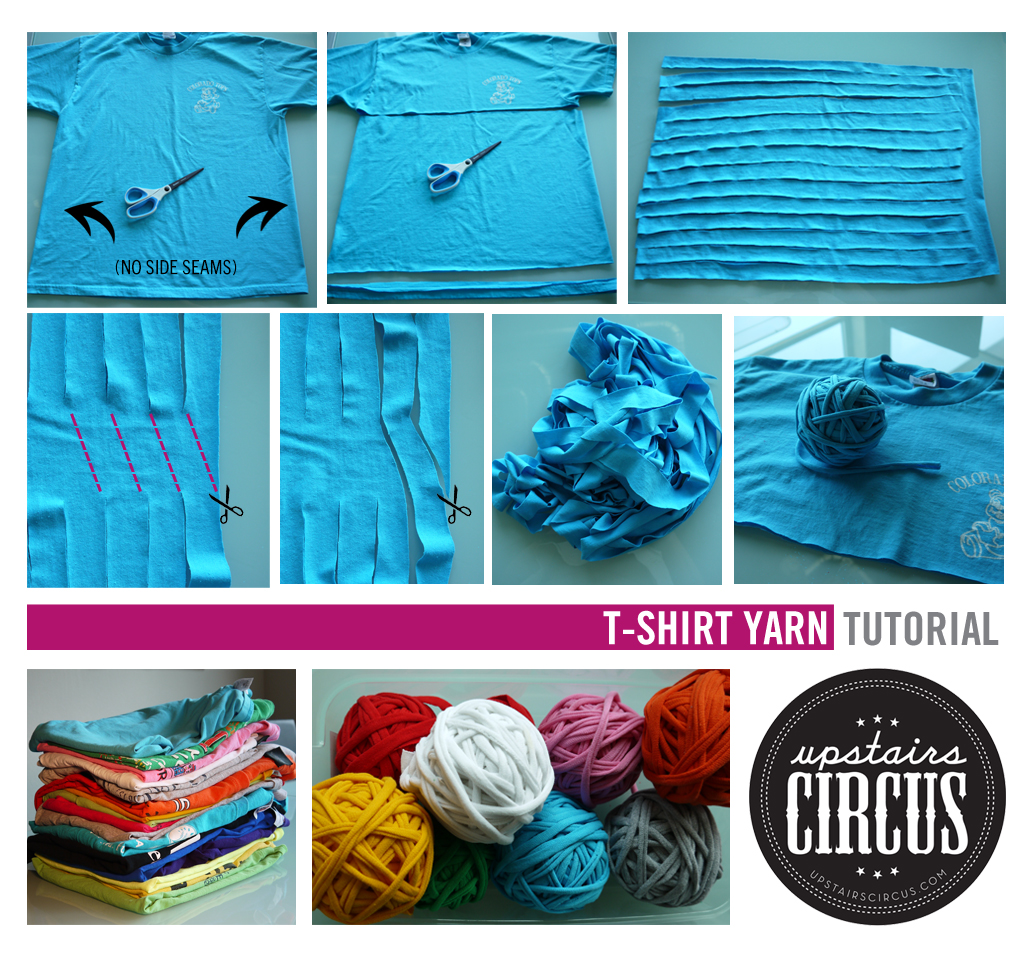
From finding inspiration to building a community of fellow makers, our DIY tutorial empowers you to embrace the rewarding world of crafting. With the right knowledge, tools, and a touch of creativity, you can bring your unique vision to life and experience the joy of creating something truly special.

